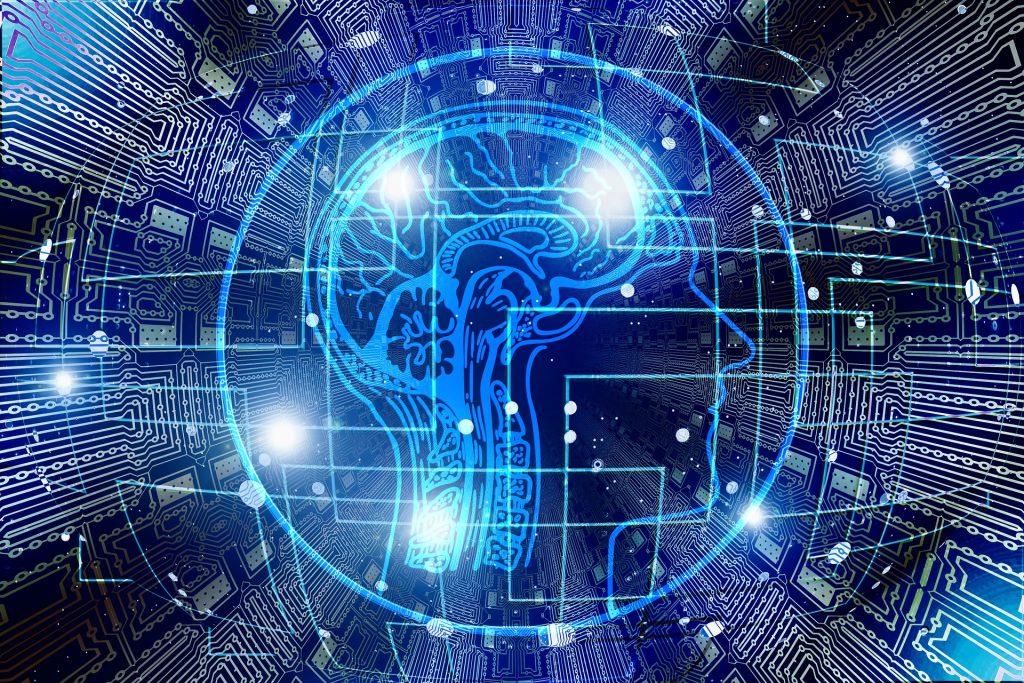Companies across industries are exploring and implementing artificial intelligence (AI) projects, from big data to robotics, to automate business processes, improve customer experience, and innovate product development. According to McKinsey, “embracing AI promises considerable benefits for businesses and economies through its contributions to productivity and growth.” But with that promise comes challenges.
Computers and machines don’t come into this world with inherent knowledge or an understanding of how things work. Like humans, they need to be taught that a red light means stop and green means go. So, how do these machines actually gain the intelligence they need to carry out tasks like driving a car or diagnosing a disease?
Data or bust
There are multiple ways to achieve AI, and existential to them all is data. Without quality data, artificial intelligence is a pipedream. There are two ways data can be manipulated—either through rules or machine learning—to achieve AI, and some best practices to help you choose between the two methods.
Rules-based systems
Long before AI and machine learning (ML) became mainstream terms outside of the high-tech field, developers were encoding human knowledge into computer systems as rules that get stored in a knowledge base. These rules define all aspects of a task, typically in the form of “If” statements (“if A, then do B, else if X, then do Y”).
While the number of rules that have to be written depends on the number of actions you want a system to handle (for example, 20 actions means manually writing and coding at least 20 rules), rules-based systems are generally lower effort, more cost-effective and less risky since these rules won’t change or update on their own. However, rules can limit AI capabilities with rigid intelligence that can only do what they’ve been written to do.
Machine learning systems
While a rules-based system could be considered as having “fixed” intelligence, in contrast, a machine learning system is adaptive and attempts to simulate human intelligence. There is still a layer of underlying rules, but instead of a human writing a fixed set, the machine has the ability to learn new rules on its own, and discard ones that aren’t working anymore.
In practice, there are several ways a machine can learn, but supervised training—when the machine is given data to train on—is generally the first step in a machine learning program. Eventually, the machine will be able to interpret, categorize, and perform other tasks with unlabeled data or unknown information on its own.
Where to start with an organization’s AI strategy:
The anticipated benefits to AI are high, so the decisions a company makes early in its execution can be critical to success. Foundational is aligning your technology choices to the underlying business goals that AI was set forth to achieve. What problems are you trying to solve, or challenges are you trying to meet?
The decision to implement a rules-based or machine learning system will have a long-term impact on how a company’s AI program evolves and scales. Here are some best practices to consider when evaluating which approach is right for your organization:
When choosing a rules-based approach makes sense:
- Fixed outcomes: When there is a small or fixed number of outcomes. For example, there are only two states for which an “Add to Cart” button can be in, either pressed or not. While it is possible to use machine learning to detect whether a user pressed the button, it wouldn’t make sense to apply that type of method.
- Risk of error: The penalty of error is too high to risk false positives and therefore only rules—which will be 100 percent accurate—should be implemented.
- Not planning for ML: If those maintaining the system don’t have machine learning knowledge and the business does not have plans to source for it moving forward.
When to apply machine learning:
- Simple rules don’t apply: When there is no easily definable way to solve a task using simple rules
- Speed of change: When situations, scenarios, and data are changing faster than the ability to continually write new rules.
- Natural language processing: Tasks that call for an understanding of language, or natural language processing. Since there are an infinite number of ways to say something, it’s unrealistic, if not downright impossible, to write rules for normal language. The innate, adaptive intelligence of machine learning is optimized for scale.
The promises of AI are real, but for many organizations, the challenge is where to begin. If you fall into this category, start by determining whether a rules-based or ML method will work best for your organization.
Source: Bdtechtalks

